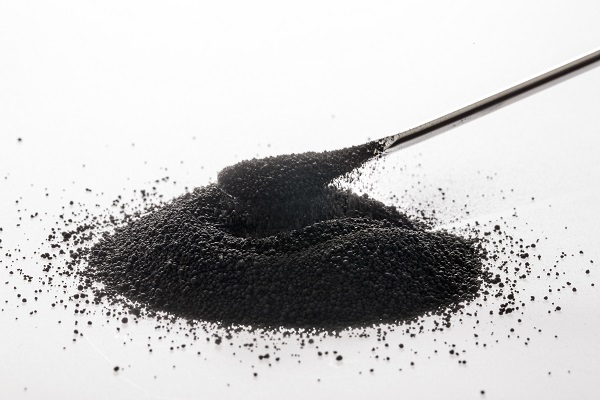As the world pivots toward sustainability, industries across the board are rethinking how they operate – and the carbon black sector is no exception. Traditionally known for its vital role in rubber, plastics, coatings, and inks, carbon black has been under scrutiny for its environmental footprint. However, a new wave of innovation is reshaping how carbon black is produced and supplied, aligning the industry with the goals of the green economy.
Understanding Carbon Black’s Environmental Impact
Carbon black is a fine black powder primarily made from the incomplete combustion of heavy petroleum products. While it’s essential in enhancing the durability and performance of materials, traditional manufacturing processes emit a significant amount of greenhouse gases and contribute to pollution if not properly managed.
With mounting regulatory pressure and growing demand from eco-conscious buyers, suppliers are reimagining their practices to reduce environmental harm without compromising quality.
Key Innovations Driving Green Change
- Sustainable Feedstocks
Innovative suppliers are shifting from petroleum-based feedstocks to renewable or waste-based alternatives. For example, some companies are experimenting with bio-based oils or pyrolysis oil derived from end-of-life tires, plastics, or biomass. These feedstocks significantly lower the carbon footprint of carbon black production.
- Energy-Efficient Production Technologies
Traditional furnace black processes are being upgraded with energy-efficient systems that reduce fuel consumption and emissions. Technologies like plasma reactors and advanced combustion controls are helping suppliers cut down on both energy use and air pollutants.
- Carbon Capture and Reuse
Carbon black manufacturers are increasingly investing in carbon capture and storage (CCS) systems. Some are going a step further by reusing captured CO₂ in other industrial applications or converting it into useful byproducts, adding value while reducing emissions.
- Circular Economy Integration
The concept of a circular economy — where waste is minimized and materials are continually reused — is gaining traction in the carbon black sector. Leading suppliers are now producing Recovered Carbon Black (rCB) from recycled tires and other rubber waste. This not only diverts waste from landfills but also conserves raw materials and lowers the environmental impact of production.
- Lifecycle Transparency and Certifications
Customers today want to know the environmental story behind the materials they buy. Carbon black suppliers are responding by offering lifecycle assessments (LCAs), third-party certifications, and environmental product declarations (EPDs) to provide transparency and assurance of their sustainability efforts.
The Business Case for Green Innovation
Going green is no longer just a regulatory or ethical obligation — it’s a competitive advantage. Suppliers that embrace sustainability are more attractive to global manufacturers seeking to reduce their own carbon footprint. Moreover, eco-friendly innovations often lead to long-term cost savings through improved efficiency, waste reduction, and access to green financing or subsidies.
What to Look for in a Green Carbon Black Supplier?
If you’re sourcing carbon black and aiming to support the green economy, here are a few factors to consider:
- Use of sustainable or recycled feedstocks
- Adoption of low-emission production technologies
- Environmental certifications and sustainability reporting
- Proven track record in innovation and compliance
- Transparent supply chain practices
Conclusion
The carbon black industry is undergoing a transformation. Forward-thinking carbon black suppliers are not only meeting the demands of a green economy — they are helping shape it. As innovation continues, the carbon black of tomorrow will be cleaner, more sustainable, and just as effective as ever.
Read more blogs on TheBigBlogs


